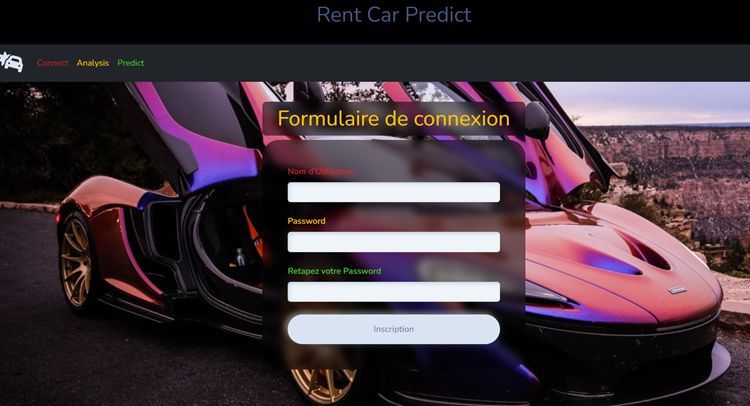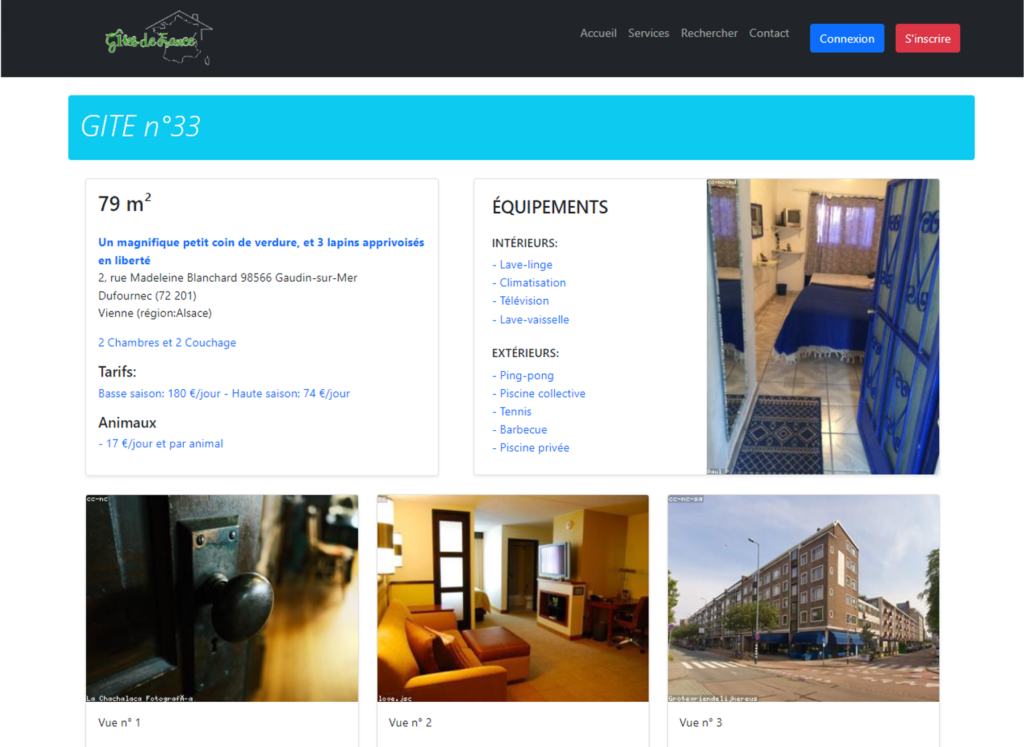AI & Web projects
Welcome to the Portfolio Gallery, where each project highlights my expertise in AI engineering, data science, and intelligent web applications. My work leverages technologies such as Python, Flask, SVR, Seaborn, Tableau, SMOTE, Logistic Regression, Random Forest, VGG16, ResNet50V2, LSTM, Scrum, Drupal, Symfony, and project organization via Trello.
Here, you’ll find solutions ranging from image caption generation using deep learning (VGG16, LSTM), used car price prediction with feature engineering and SVR, to real-time fraud detection using logistic regression, random forest, and data imbalance correction with SMOTE. On the web development side, I’ve built dynamic sites using frameworks like Drupal and Symfony, following agile methodologies with MVC architecture and Scrum principles.
Browse through each project’s details to explore the challenges addressed, methods applied, and tangible outcomes achieved. Whether you are interested in AI, data pipelines, or full-stack web solutions, this gallery demonstrates how I deliver impactful, well-structured solutions across domains.
Artificial Intelligence Projects :
Image Annotation Project: Auto-Generating Photo Captions
The Image Annotation project aims to automatically generate captions for photos using NLP, VGG16, ResNet50V2, LSTM, Flask, Trello, and a robust pipeline architecture. It involves extracting meaningful information from images, utilizing pre-trained models for image classification, generating captions with LSTM networks, developing a user-friendly web application, and managing the project effectively. The ultimate goal is to provide an efficient and accurate solution for automatically captioning photos.


Used Car Price Prediction Project: Predicting the price of a used car
The project focuses on predicting the price of a used car using techniques such as Feature Engineering, SVR model, and data visualization with Seaborn. A streamlined Pipeline is employed for efficient data processing, and insights are visualized using Tableau. The solution is implemented as a web application using Flask. The project aims to provide accurate predictions and valuable insights for used car pricing.
Credit Card Fraud Detection Project: Detecting fraudulent transactions
The project focuses on detecting fraud in credit card transactions using techniques such as data processing, logistic regression, random forest, SMOTE, and Flask for building a web application.
Key aspects:
Data Processing: Preprocessing and cleaning credit card data to ensure accuracy and reliability.
Logistic Regression: Building a predictive model using logistic regression to identify fraudulent transactions based on relevant features.
Random Forest: Utilizing the random forest algorithm to improve the accuracy and robustness of the fraud detection model.
SMOTE: Employing the SMOTE technique to address class imbalance in the dataset, enhancing the model’s ability to detect fraudulent transactions.
The ultimate goal of the project is to develop a reliable and efficient system that can identify fraudulent credit card transactions, helping to protect individuals and businesses from financial losses.

Web Projects :

Drupal Project: Municipal Website
The Drupal project aims to create a user-friendly and informative website for a municipality. Key features include content management, responsive design, community engagement tools, online services, localization support, accessibility compliance, and integration with third-party services. The website will serve as a central hub for communication and interaction between the municipality and its residents, providing valuable resources and services.
https://ahuy.fr
Symfony Project: Online Reservation Platform
The Symfony project aims to create an efficient and reliable online reservation platform. This platform will simplify the booking process, allowing users to easily make and manage reservations. Key features include user registration, booking management, secure payment integration, an administrative dashboard for managing reservations, notifications and reminders, and analytics for business optimization. The Symfony framework will be utilized to ensure rapid development and scalability.


ABI PROJECT: Dynamic Web Pages for Commercial Data Management
The ABI project follows the Scrum methodology, with a team developing dynamic web pages for browsing and updating commercial data. User stories from the product backlog drive the development process, utilizing the MVC architecture.
Key aspects:
- Scrum Approach: Agile development with sprint planning, daily stand-ups, sprint reviews, and retrospectives.
- User Stories: Addressing the specific needs of the ABI case, user stories guide the development of functionalities and features.
- Dynamic Web Pages: Creating user-friendly web pages for browsing and updating commercial data efficiently.
- MVC Architecture: Adopting the modular MVC pattern to separate data, presentation, and application logic.
The project emphasizes collaboration, continuous improvement, and adaptability to meet the ABI case’s objectives. The aim is to deliver a high-quality solution for managing commercial data effectively.